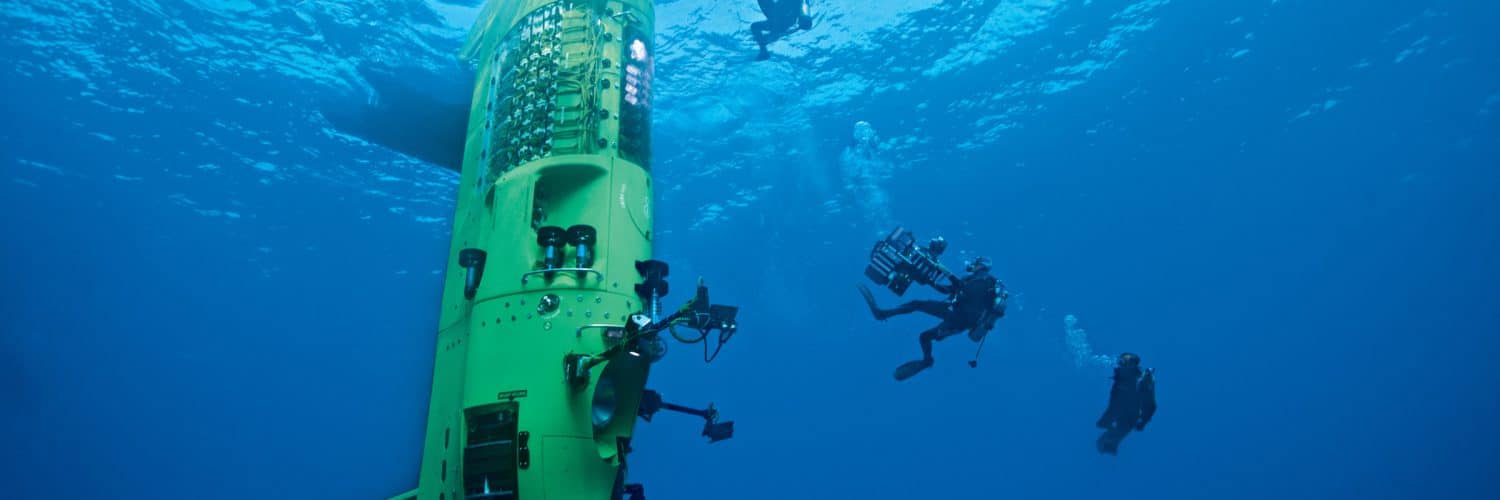A revolution in fundamental science
1968 was a landmark year. After Wegener’s research (Die Entstehung der Kontinente und Ozeane, 1915—the theory of ‘continental drift’) and that of R.S. Dietz (1961) and H. H. Hess (1962—the theory of seafloor spreading), it fell to F. Vine and D. Matthews (1963) and to X. Le Pichon (1968) to reconstruct the chronology of the formation of the world’s oceans (the theory of plate tectonics), modifying but nevertheless confirming Wegener’s revolutionary theory. The sea around us thus seems to be the youngest part of the earth’s crust, growing outwards from the mid-ocean ridges in zones of accretion (at a rate of 3 square kilometres per year). The seafloor is key to our general understanding of our planet’s architecture.




Ajouter un commentaire